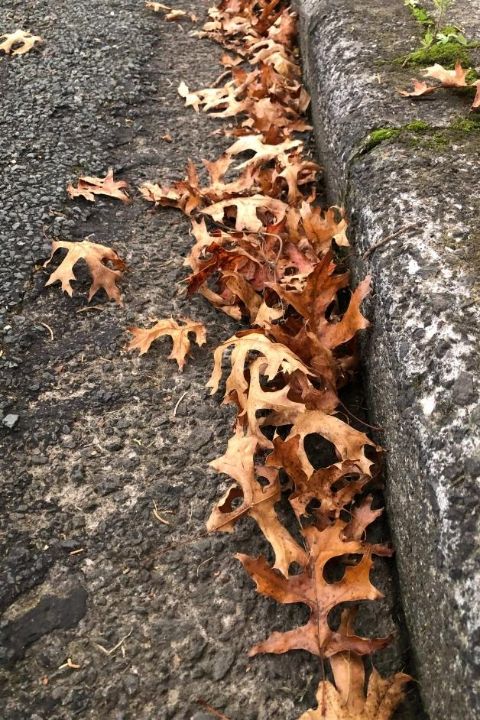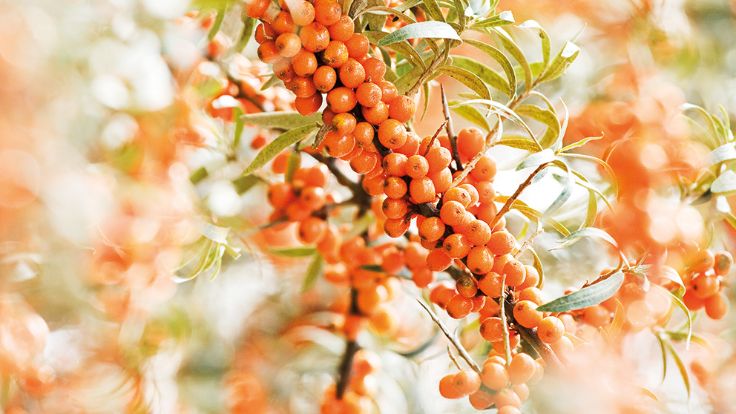
Family-Friendly Biodynamics - Leaf Mould
How to Make Leaf Mould
A series of gardening tips with Katrina Wolff from Blue Borage
Autumn is one of the most beautiful times of year for trees. Watching the leaves change colour and then fall to the ground is a transition that helps children to understand the rhythms of nature in a very tangible way.
I was told as a child that if I caught a leaf falling from a tree, then I could make a wish.
Even now, as an adult, I pause on windy days in autumn, just to see if I can catch a leaf or two.
Biodynamics is very practical, with lots of useful tips, but it’s often more rewarding to also work with imaginative pictures. Rudolf Steiner gave this motto to the first Waldorf teachers:
Enliven imagination, Stand for truth, Feel responsibility
Let’s be imaginative as we tend our gardens and care for the earth's skin more mindfully.
When teaching biodynamic composting in schools, I find that children almost always have a favourite tree, and when asked to take a bucket of finished compost to their favourite spot and ‘feed the tree’, they set off with a particular destination in mind.
Consider that the trees are in relationship with us as humans, and that each and every leaf they drop is a gift to the earth, that will ideally be made into soil. The soil that leaves make is like the floor of a forest. It’s all vegetation: no food scraps, just foliage and branches.
We don’t have to go on a bush walk to experience that quality of healing soil - we can make it at home from fallen leaves.
What is Leaf Mould?
Mould is not a very pleasant word in the family setting, but ‘well rotted leaves’ doesn’t do much better. Is decomposing a word that conjures up feelings of a walk in the forest?
To think of leaves breaking down might be easier?
How to make Leaf Mould
You want to gather a large volume of leaves, and store them for 12-18 months in such a way that they don’t blow away, and they can be turned with a compost aerator every few weeks.
I use large wool fadges - when they are full of dry leaves I can pull this around the garden, but once the leaves start breaking down, then the bags are too heavy to move, so it’s a case of filling it, and then positioning it somewhere for a year until you get a soft, crumbly, light, fluffy texture.
Other enclosures I’ve seen that are effective are made with chicken wire, or other fine netting. You may be able to find metal pet enclosures that will hold the leaves. The main concern is that they will blow around the garden. Placing a coffee sack on the top can help prevent this.
You will be able to keep adding more leaves as they start to condense - expect to end up with about 10% of the original volume of leaves. I collect leaves all year round and just keep topping up the bags continuously.
How to use Leaf Mould
Leaf mould is an amazing mulch around trees in summer, it doesn’t even need to be 100% broken down. It’s almost as if the timing from autumn to summer is just the right length of time for deciduous trees to create the resource you need in your garden.
It’s also useful in home-made potting mix. Leaf mould doesn’t have a lot of nutrients as such, but it has excellent water holding qualities, and the light, airy texture is often the perfect way to balance clay soil or rich compost.
See the recipe below. If you aren’t yet ready to make your own potting mix, consider stretching your commercial potting mix a little further by adding in some leaf mould, worm castings or native soil.
Blue Borage Potting Mix Recipe
Every batch is different, this is just an indication...
- Biodynamic compost (40%)
- Worm castings (20%)
- Well-aged leaf mould (20%)
- Native garden soil (10%)
- Well-aged arborist mulch (5%)
- Well-aged chicken manure (5%)
What if I don’t have any deciduous trees?
Take a look around your community and see if you can spot a property with a large tree that drops leaves on the pavement. I almost guarantee that the people living there would love a hand keeping the street safe for pedestrians.
There may be tree lined streets where the local council simply cannot keep up with clearing the leaves.
Note: be careful collecting leaves from areas where there may be pollutants - these will concentrate as the leaves break down.
Extra ideas for Gardening with Children
- Paint or draw the leaves.
- Learn the names of the trees around you, and research what their leaves add to the soil.
- Make a mandala or other artistic arrangement with the leaves.










